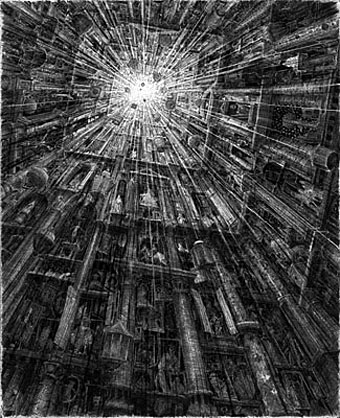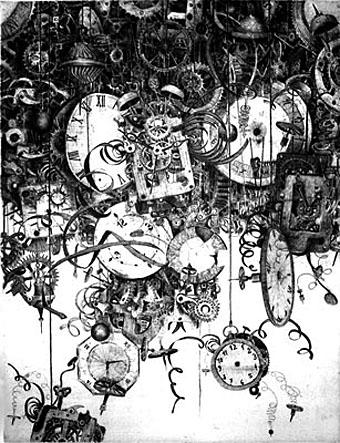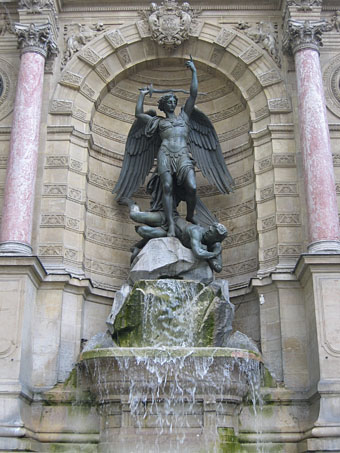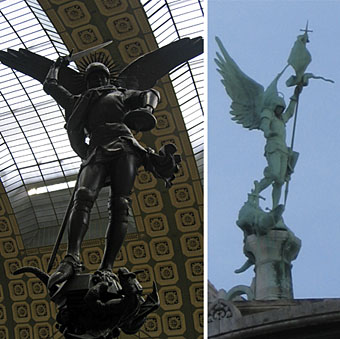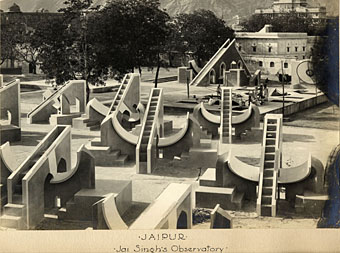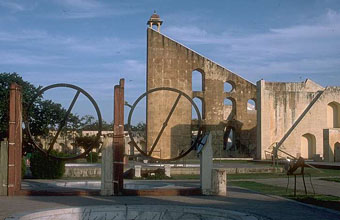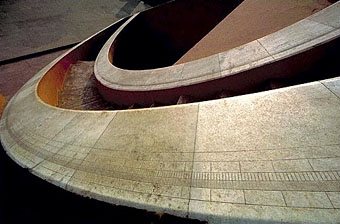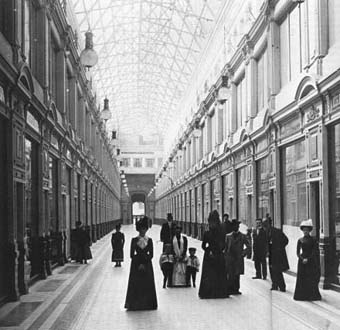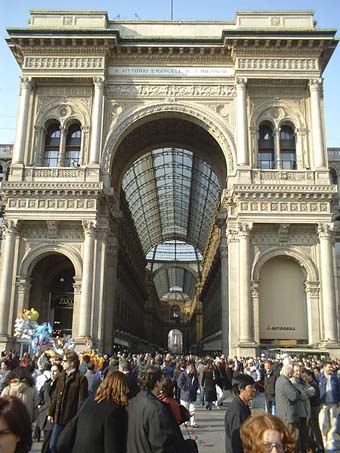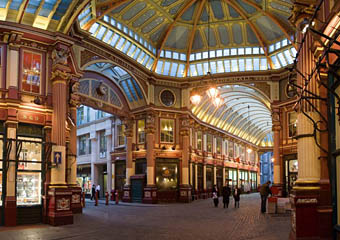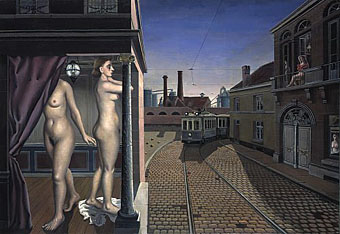
La Rue du Tramway (1938) by Paul Delvaux.
Taxandria (1994) is a feature-length fantasy film by Belgian animator Raoul Servais that’s received little attention outside his native country, possibly because it failed in the marketplace and has been deemed too weird or uncommercial to export. You only have to compare the export version of Harry Kümel’s Malpertuis with his original cut to see how inventive Belgian films are treated by US distributors.
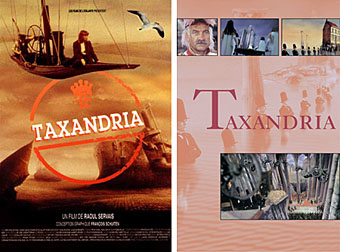
Servais had previously made an acclaimed animated short, Harpya, using a combination of live actors and painted backgrounds. Taxandria elaborates on this process (called Servaisgraphy by its inventor) using settings designed by one of my favourite comic artists François Schuiten, creator (with Benoît Peeters) of Les Cités Obscures. Taxandria intrigues for a third reason, the inspiration of Surrealist master Paul Delvaux whose paintings served as the origin of the project. And it also contains a remarkable detail in the screenplay credit for Alain Robbe-Grillet, a man better known for making Last Year at Marienbad with Alain Resnais, and the kind of fierce intellectual one imagines would usually run a mile from this kind of extravagant whimsy.
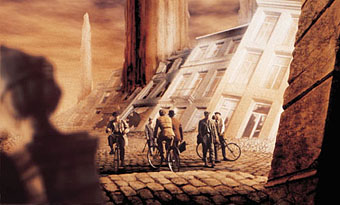
Continue reading “Taxandria, or Raoul Servais meets Paul Delvaux”

